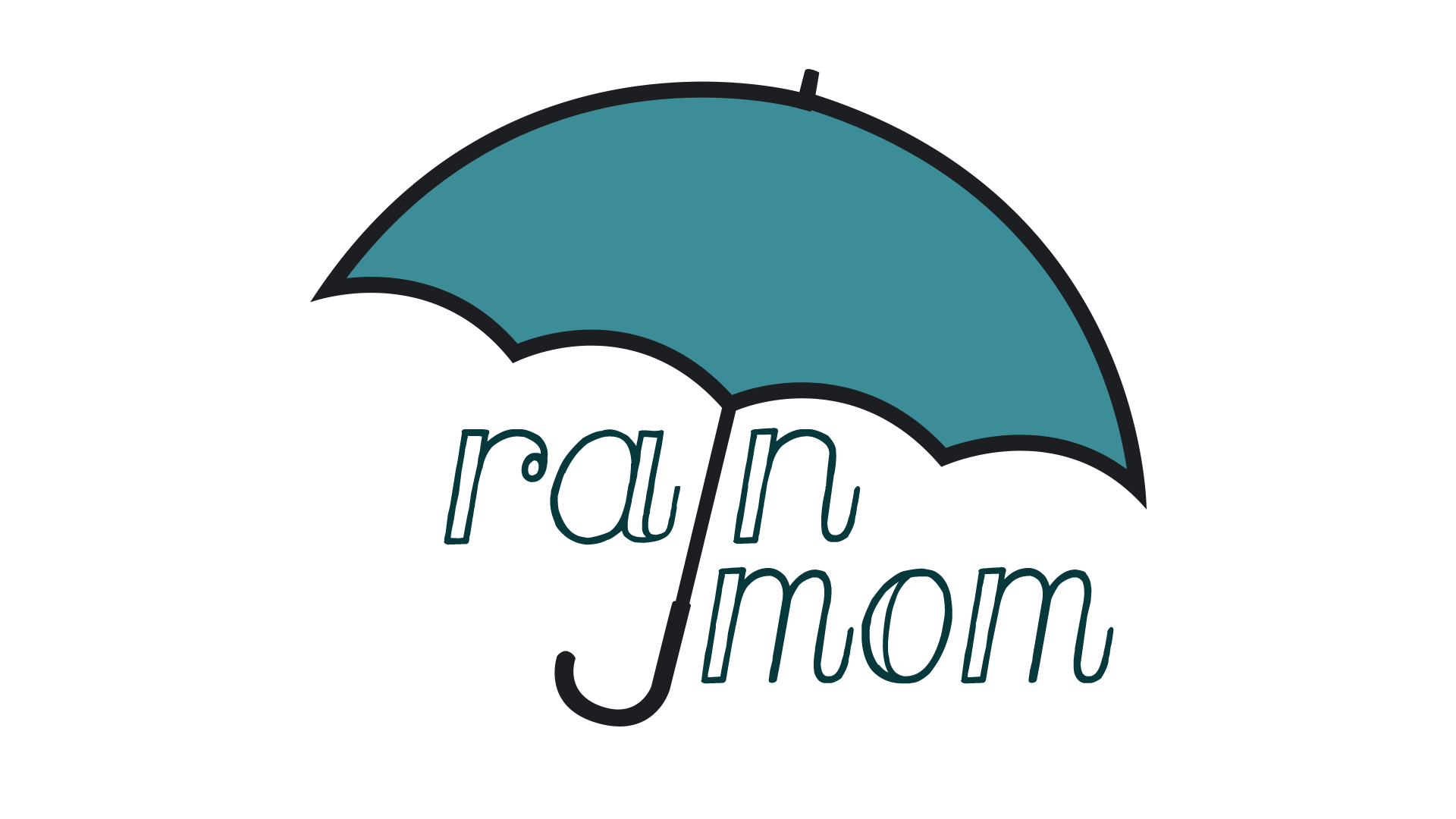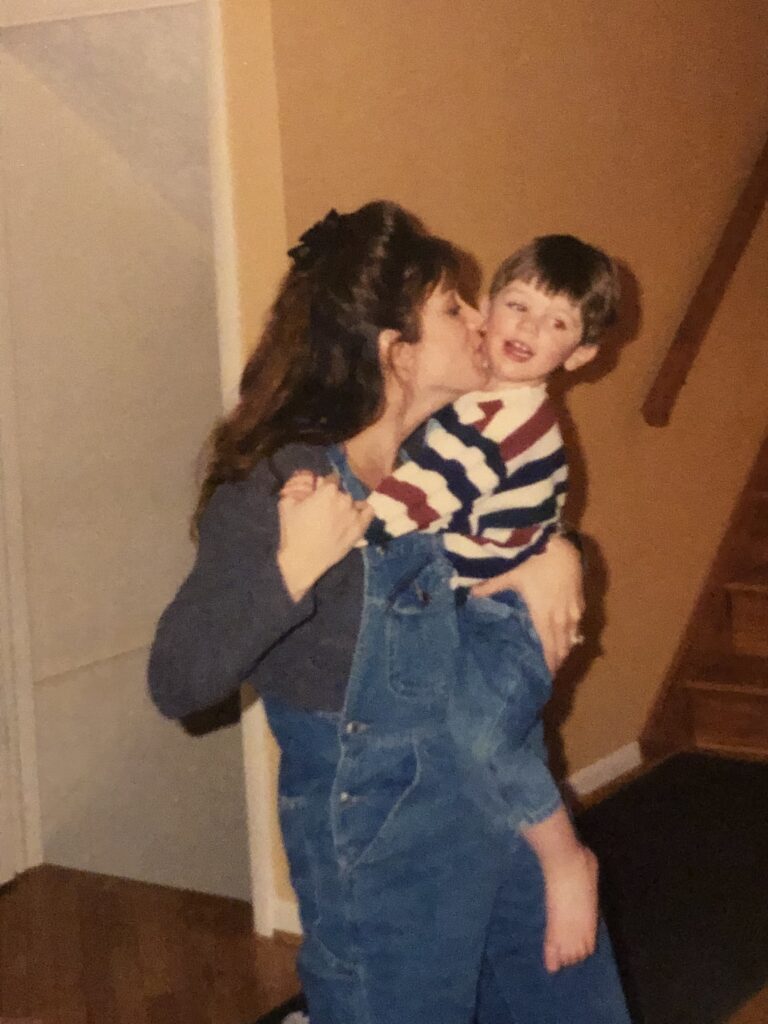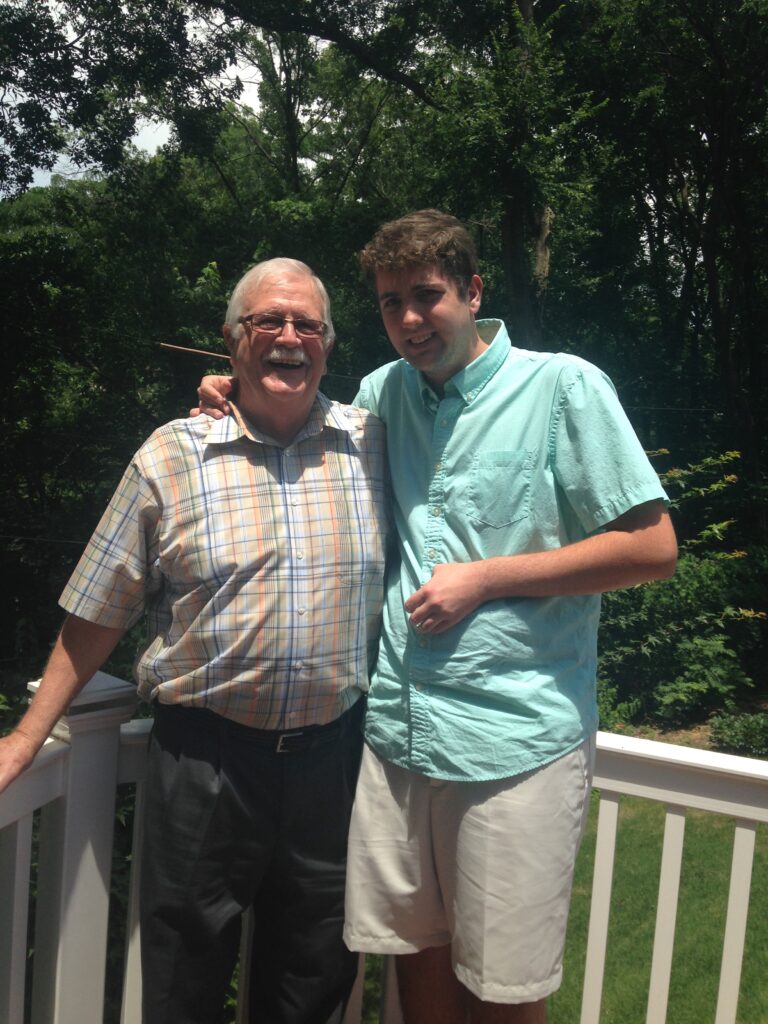
The Autism Learning Curve
By Kristi | Published | No Comments
A learning curve, by definition, is the rate of a person’s progress in gaining experience or new skills. For the majority of us, this is part of a universal practice. From the moment we enter this world, we are on the curve. When you add autism into the mix, the path becomes more circuitous and meandering when attempting to conquer the learning curve.
Jonathan’s challenges with language didn’t stop him from learning. He became proficient at navigating the zigs and zags along the way. That became very obvious when he was given an IQ test one morning at WEAP. The doctor who administered the test forewarned me not to read too much into the score. I wondered why we were even performing the test if that was the case, but I acquiesced anyway. I sat and watched as Jonathan was given his first set of trials. One showed a picture of a bike, a bird and a man drinking out of a baby bottle. The verbal prompt was “Which picture is incorrect?”, though I believe the descriptor he used was “wrong”. Jonathan immediately pointed to the picture of the Dad drinking from the bottle. I smiled, but the doctor shook his head and said: “He’s right, but I can’t score it as correct because he didn’t verbalize his answer”. I started to protest– “What is this, Jeopardy? But refrained from my retort and let him continue. Another series of pictures and Jonathan correctly pointed to each incorrect version– but no credit as he couldn’t audible his answer. Jonathan appeared unfazed by the road ahead, but I was the one getting frustrated by the twists and turns. His curve didn’t follow the norm but clearly he was receptively above what he would score.
Then we moved onto puzzles. Here’s where my own learning curve plummets, as puzzles are not my strong suit and I will gladly take a detour to avoid one. Unlike his mother, Jonathan began without hesitation.The first few puzzles were easy, not many pieces. He quickly completed them. Then the degree of difficulty began to increase. You could see the determination on his face as he continued to triumph. Jonathan began to smile, enjoying the challenge. Then the final puzzle was presented. Honestly, it was so abstract that I knew I would have failed miserably had I been in Jonathan’s position, and I felt myself tense up.
For a minute or so, Jonathan stared intently at the pieces before beginning. Then he did something I will never forget. Not only did he complete the puzzle quickly, but he did it in a way that the doctor had never seen done before. We both sat there with our mouths open as Jonathan smiled and gently pushed the puzzle back in front of the doctor. Jonathan had just thrown him a curve ball of his own.
The joy in what I had witnessed quickly faded when the doctor announced he couldn’t count it as correct. Despite the sheer genius Jonathan had just exhibited, his method of completion didn’t match the answer key! To add insult to injury, he informed me that the remainder of the test required verbal responses.
This is where I lost control of the wheel, regarding a test that was not designed for those on a different learning curve, like autism. The twists and turns of knowledge and expression being pigeon holed into a perfunctory test boggled my mind. Why even bother and what was the point? Then I realized there was one. The lesson was to show myself and others that learning has many paths. To assume that one way is the only way discredits those who must forge new inroads to learning.
And with autism, as with life in general, you never know what’s around the bend!






Leave a Reply